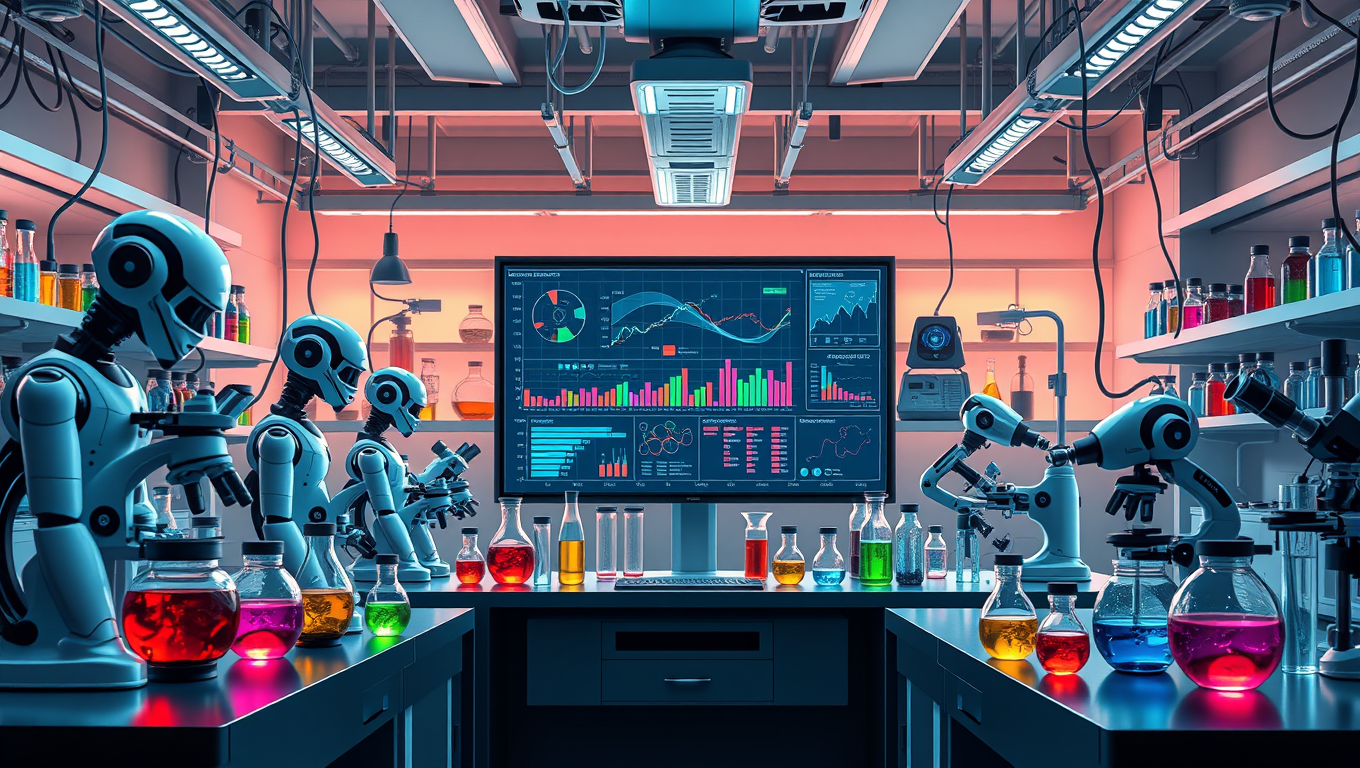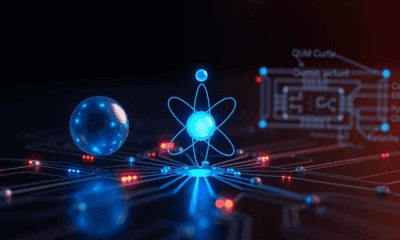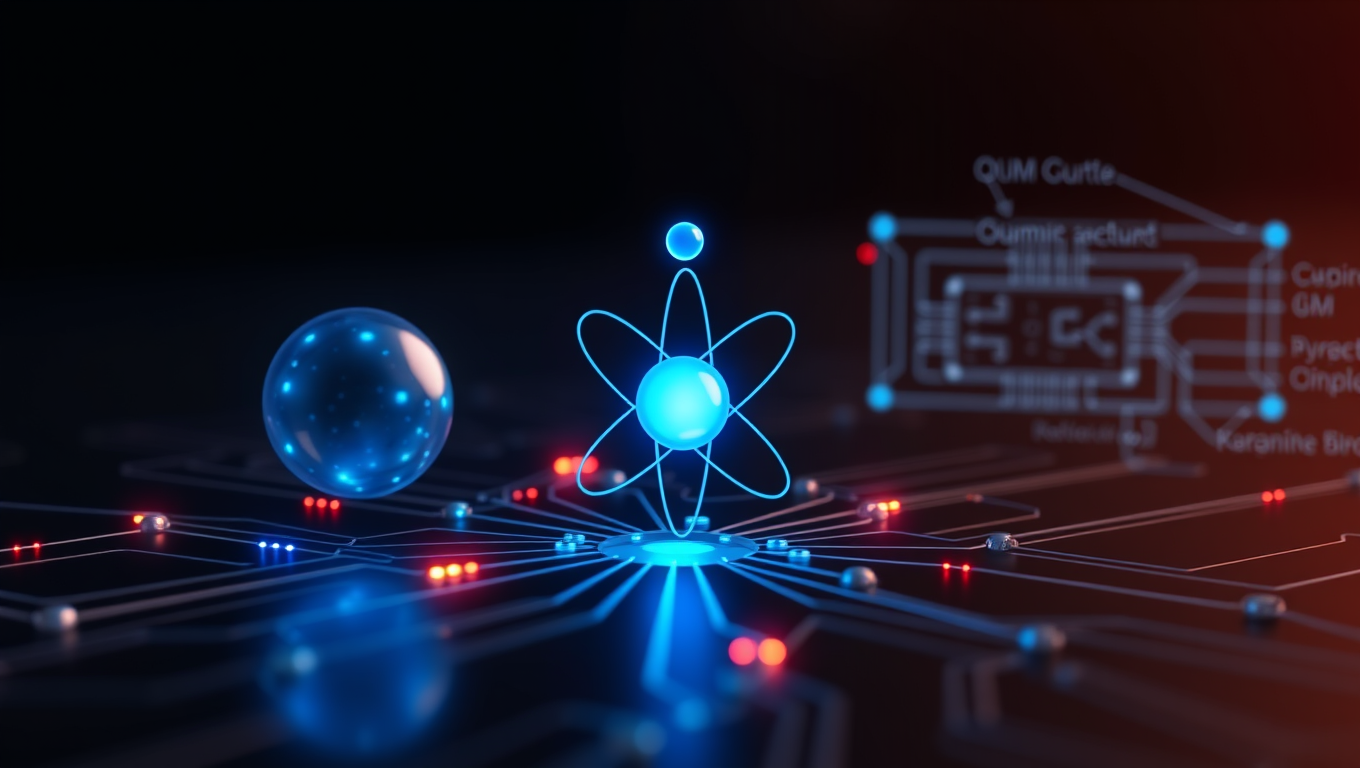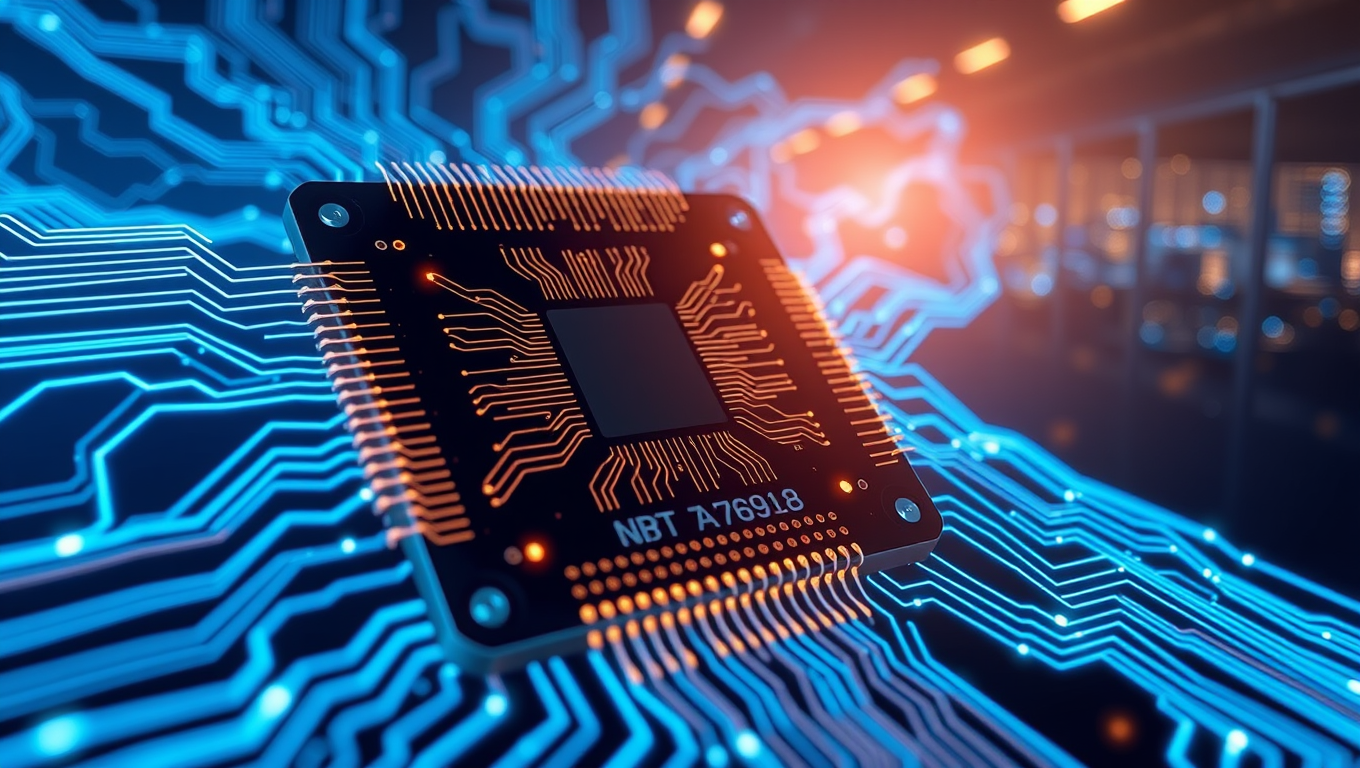While we try to keep things accurate, this content is part of an ongoing experiment and may not always be reliable.
Please double-check important details — we’re not responsible for how the information is used.
Computer Programming
Revolutionizing Materials Discovery: AI-Powered Lab Finds New Materials 10x Faster
A new leap in lab automation is shaking up how scientists discover materials. By switching from slow, traditional methods to real-time, dynamic chemical experiments, researchers have created a self-driving lab that collects 10 times more data, drastically accelerating progress. This new system not only saves time and resources but also paves the way for faster breakthroughs in clean energy, electronics, and sustainability—bringing us closer to a future where lab discoveries happen in days, not years.

Computer Graphics
Cracking the Code: Scientists Breakthrough in Quantum Computing with a Single Atom
A research team has created a quantum logic gate that uses fewer qubits by encoding them with the powerful GKP error-correction code. By entangling quantum vibrations inside a single atom, they achieved a milestone that could transform how quantum computers scale.
Computer Graphics
The Quiet Threat to Trust: How Overreliance on AI Emails Can Harm Workplace Relationships
AI is now a routine part of workplace communication, with most professionals using tools like ChatGPT and Gemini. A study of over 1,000 professionals shows that while AI makes managers’ messages more polished, heavy reliance can damage trust. Employees tend to accept low-level AI help, such as grammar fixes, but become skeptical when supervisors use AI extensively, especially for personal or motivational messages. This “perception gap” can lead employees to question a manager’s sincerity, integrity, and leadership ability.
Computer Programming
Revolutionizing AI Efficiency: Breakthrough in Spin Wave Technology
A groundbreaking step in AI hardware efficiency comes from Germany, where scientists have engineered a vast spin waveguide network that processes information with far less energy. These spin waves quantum ripples in magnetic materials offer a promising alternative to power-hungry electronics.
-

 Detectors6 months ago
Detectors6 months agoA New Horizon for Vision: How Gold Nanoparticles May Restore People’s Sight
-

 Earth & Climate7 months ago
Earth & Climate7 months agoRetiring Abroad Can Be Lonely Business
-

 Cancer7 months ago
Cancer7 months agoRevolutionizing Quantum Communication: Direct Connections Between Multiple Processors
-

 Chemistry7 months ago
Chemistry7 months ago“Unveiling Hidden Patterns: A New Twist on Interference Phenomena”
-

 Albert Einstein7 months ago
Albert Einstein7 months agoHarnessing Water Waves: A Breakthrough in Controlling Floating Objects
-

 Earth & Climate7 months ago
Earth & Climate7 months agoHousehold Electricity Three Times More Expensive Than Upcoming ‘Eco-Friendly’ Aviation E-Fuels, Study Reveals
-

 Diseases and Conditions7 months ago
Diseases and Conditions7 months agoReducing Falls Among Elderly Women with Polypharmacy through Exercise Intervention
-

 Agriculture and Food7 months ago
Agriculture and Food7 months ago“A Sustainable Solution: Researchers Create Hybrid Cheese with 25% Pea Protein”





























